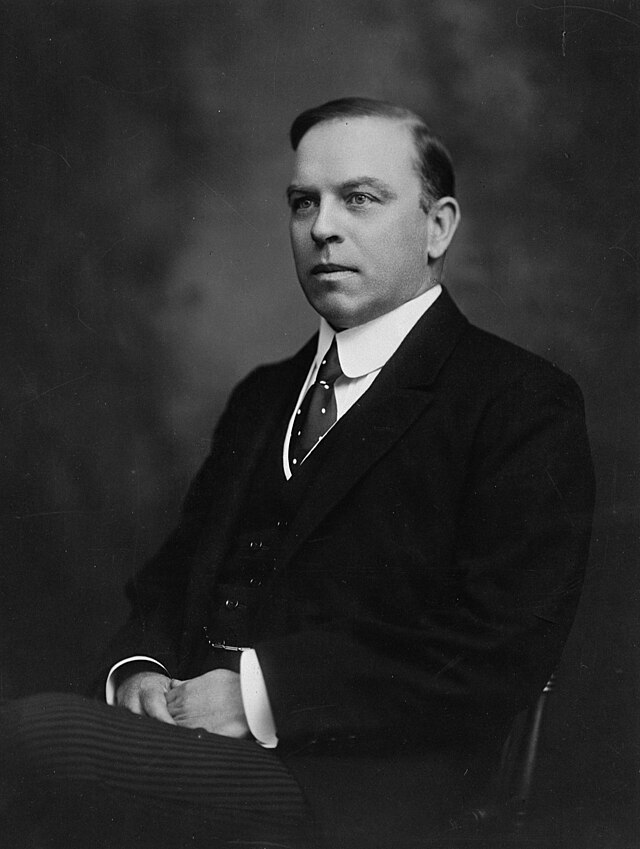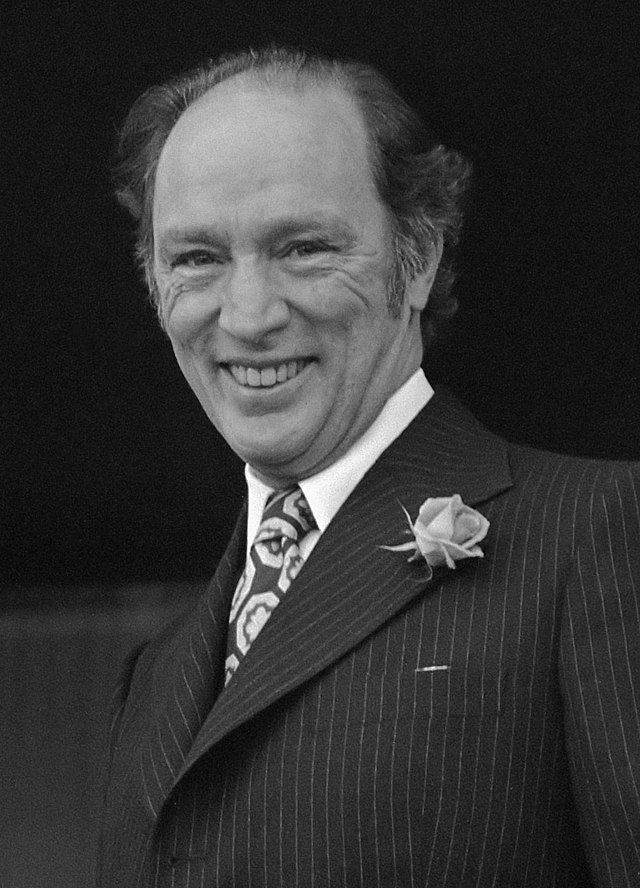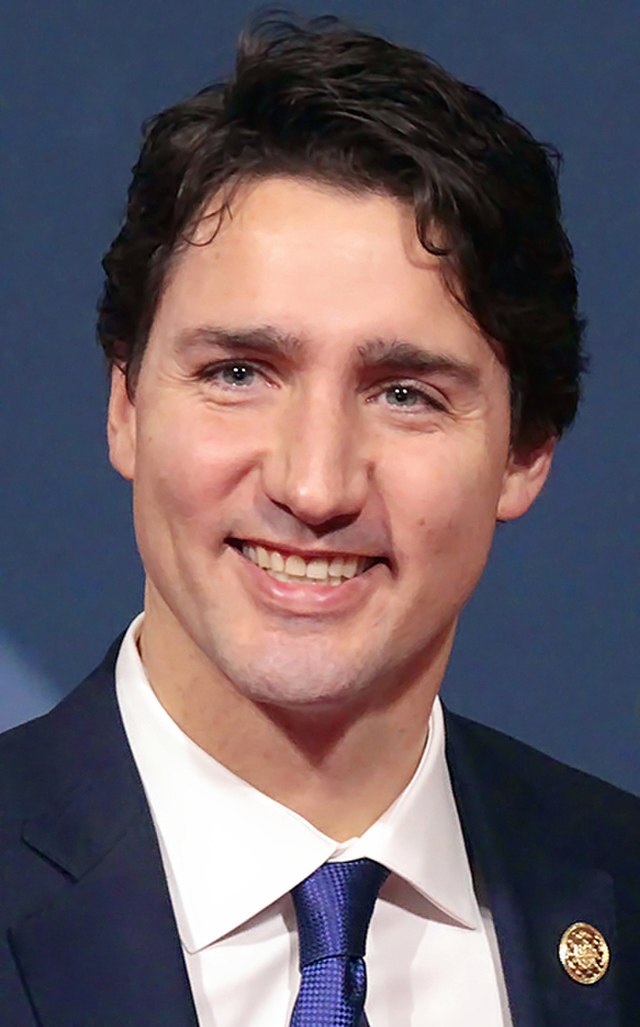100 years
In 2021, Fair Vote Canada marked the 100-year anniversary of politicians promising to move from first-past-the-post voting to proportional representation in Canada. (Dear reader: We are still waiting).
1921

That’s when Mackenzie King’s Liberal party campaigned on its 1919 resolution to endorse proportional representation—specifically, a single transferable vote/ranked choice voting. King would go on to become prime minister. Once in power, the Liberals set up an all-party committee on proportional representation, which ended up rejecting the idea.
“We turned down proportional representation. There was only one member of that committee who tried to get the Liberal party to stand by their promise on proportional representation, and that was my humble self.” — Abraham Albert Heaps, MP for North Winnipeg (1925-40), Co-operative Commonwealth Federation (CCF).
1933
That’s the second time politicians promised proportional representation. Once again, it was Mackenzie King. On May 25, 1933, King said: “If we are ever returned to power a proportional representation measure will be a feature of the Liberal platform and program of legislation.”
1935
Mackenzie King’s Liberals returned to power.
1937
Another all-party committee on electoral reform was created. Again, the committee rejected the idea of proportional representation, citing a lack of evidence that it would be “conducive to good government.”
1957
John Diefenbaker’s Progressive Conservatives won parliament, but the Liberals won the popular vote with 40.5 percent vs. 38.5 percent for the PCs.
1977
The federal Task Force on Canadian Unity was established in 1977. The purpose was to recommend how to strengthen national unity. It recommended “a mixed electoral system with an element of proportional representation to ensure a broader regional representation in federal political parties.”
1980

“I would support a system of proportional representation,” former Prime Minister Pierre Trudeau told CBC’s Sunday Morning show in 1980. That same year, the federal throne speech promised—wait for it—another committee “to examine the electoral system in order to ensure that the highest degree of representativeness and responsibility is achieved and that the confidence of Canadians in parliamentary institutions is strengthened.”
1983
Electoral reform was dropped because the parties could not reach an agreement.
2015

The federal Liberals, NDP and Green parties ran on a commitment to make 2015 the last first-past-the-post election. The NDP and Green parties promised proportional representation. The Liberal promise was “make every vote count”, which was a Fair Vote Canada slogan. (Dear reader: We are still waiting.)
Thanks to Fair Vote Canada for compiling the research that informs this edition’s Hennessy’s Index: https://www.fairvote.ca/100-years-of-broken-promises/ .
2021
Justin Trudeau’s Liberals win a minority parliament with 32.6 percent of the popular vote vs. 33.7 percent for Erin O’Toole’s Conservatives.


